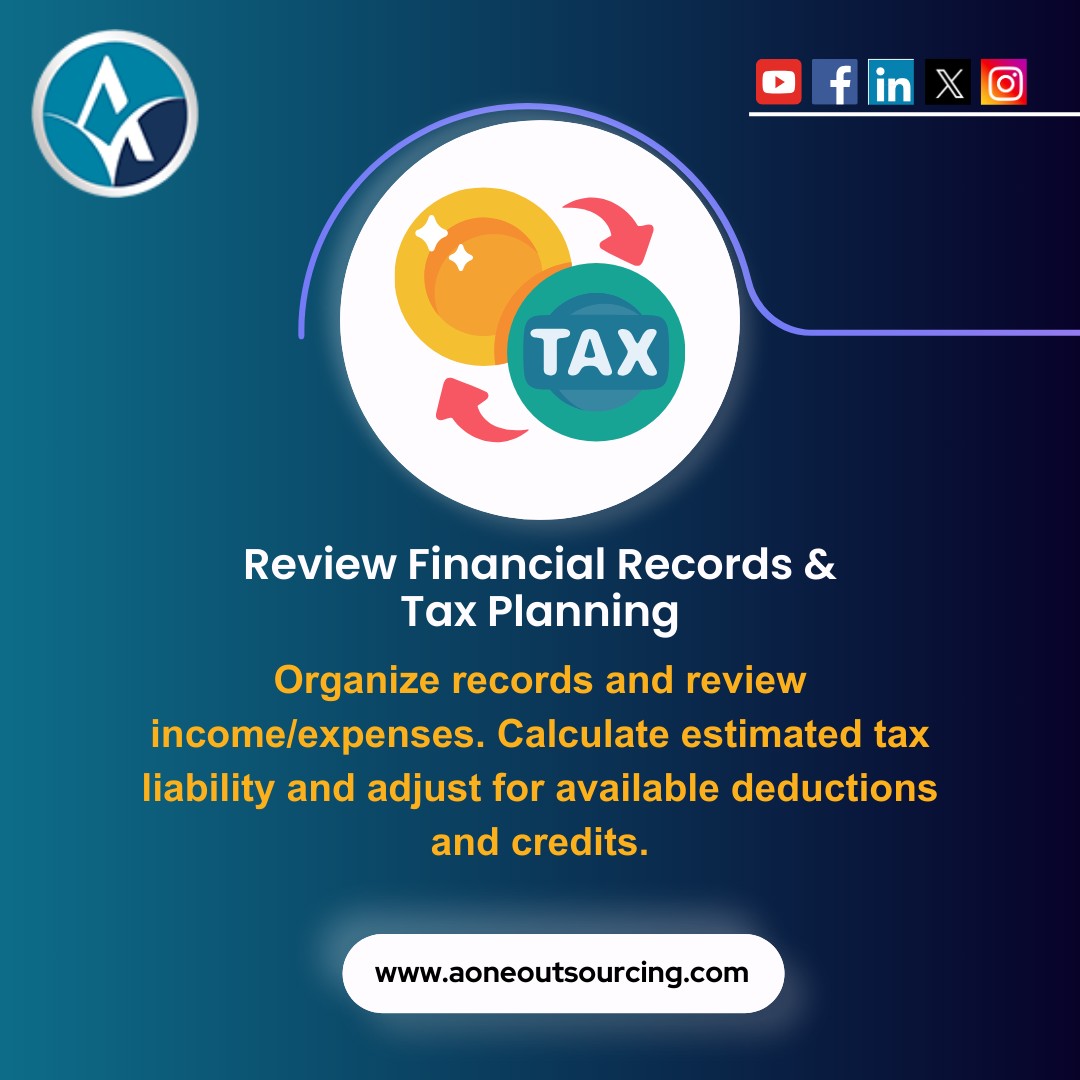Sales tax reconciliation is a critical process for any business that collects sales tax. It ensures that the sales tax gathered from customers aligns with what is reported and paid to the proper tax authorities. As businesses scale, managing these figures becomes more complex, and any discrepancies can lead to penalties or financial inconsistencies. In this guide, we’ll discuss the importance of sales tax reconciliation, the role of sales tax reports, and how tax preparation services can simplify the process.
What is Sales Tax Reconciliation?
Sales tax reconciliation involves verifying that the amount of sales tax a business collects from its customers matches the amount reported to state or local tax agencies. This process requires comparing sales transactions, invoices, and sales tax reports to ensure accuracy. Regular reconciliation helps prevent over- or under-paying taxes, both of which could lead to fines, interest charges, or tax audits.
Without this crucial practice, businesses may make mistakes, such as applying incorrect sales tax rates, reporting inaccurate amounts, or failing to account for tax-exempt sales. These errors can create financial problems, making sales tax reconciliation essential for tax compliance and financial accuracy.
The Role of Sales Tax Reports in Reconciliation
Sales tax reports are indispensable tools for sales tax reconciliation. These reports provide detailed insights into the sales tax collected during a specific period, helping to ensure that the numbers align with what is reported to tax authorities. When creating these reports, accuracy is paramount to avoid any discrepancies.
Key Elements of a Sales Tax Report:
Total Sales: The gross sales amount for the period.
Taxable Sales: Sales subject to sales tax.
Non-Taxable Sales: Sales exempt from sales tax.
Sales Tax Collected: The total amount of tax collected from taxable sales.
Sales tax reports serve not only as financial documentation but also as a crucial resource for reconciling tax amounts. They allow business owners and accountants to compare the reported figures with actual collections, ensuring that no errors go uncorrected. Regularly reconciling these reports helps avoid mismatches between the collected and reported sales tax, safeguarding the business against penalties.
Common Issues in Sales Tax Reconciliation
While sales tax reconciliation is necessary for accurate financial management, it often comes with challenges. The most common difficulties include:
Complex Sales Tax Regulations: Sales tax rates differ depending on the state, county, and sometimes even city, which can make applying the correct rate to each transaction tricky. Additionally, exemptions and changes in tax laws can further complicate the process.
Inaccurate Record Keeping: Not maintaining detailed and accurate records of sales, exemptions, and returns can lead to discrepancies during reconciliation.
Manual Systems: Businesses that rely on manual tracking for sales and tax reporting are more prone to errors. Automated accounting systems offer a more reliable way to manage sales tax records.
Mismanagement of Exempt Sales: Failing to properly record tax-exempt sales can result in an overstatement or understatement of the sales tax owed. Each tax-exempt sale needs to be properly documented with a valid exemption certificate.
Understanding and addressing these challenges can help businesses maintain tax compliance and avoid costly financial mistakes.
Steps for Effective Sales Tax Reconciliation
Reconciling sales tax can be broken down into several key steps. These steps ensure that businesses accurately report their tax liabilities and avoid discrepancies that could lead to penalties or audits:
1. Gather All Required Documents
Start by collecting all necessary documents, including sales receipts, invoices, credit memos, and exemption certificates. Organize them according to the reporting period in question.
2. Verify Sales Data
Check that the sales data in your accounting software or POS system matches the data in your sales tax reports. Confirm that the total sales, taxable sales, and tax-exempt sales are accurately reflected.
3. Check Sales Tax Rates
Make sure the correct sales tax rates were applied to taxable transactions. For businesses with multiple locations, verify that the sales tax rates for each location were applied correctly.
4. Reconcile Collected and Reported Sales Tax
Compare the total sales tax collected from customers to the amount reported on your sales tax return. If there’s a discrepancy, track it down by reviewing your records for errors such as missed transactions or incorrect tax rates.
5. Account for Refunds and Returns
If there were any customer refunds or returns during the reporting period, adjust your sales tax liability to reflect the reduced amount of tax collected. Refunds and returns lower the total taxable sales and the sales tax collected.
6. Submit Final Sales Tax Return
Once you’ve reviewed and reconciled all the figures, you can submit your sales tax return to the relevant tax authority. Keep detailed records of the reconciliation process in case they’re needed for an audit.
By following these steps, businesses can ensure that their sales tax figures are accurate and that they are in compliance with tax regulations.
How Tax Preparation Services Can Help with Sales Tax Reconciliation
For many businesses, managing sales tax reconciliation in-house can be time-consuming and stressful. This is especially true for businesses operating in multiple locations with varying tax rates. Tax preparation services can help businesses streamline this process in several ways:
Expert Guidance: Tax professionals are well-versed in tax laws and can ensure that the correct sales tax rates are applied to each sale, based on the location and any applicable exemptions.
Error Reduction: By outsourcing tax preparation and reconciliation, businesses can reduce the risk of human error that often comes with manual reporting.
Time Efficiency: Tax professionals handle the legwork of gathering and verifying documents, allowing businesses to focus on their core operations.
Audit Assistance: In the event of an audit, tax preparation services can help organize and present the necessary records, making the process smoother and less stressful.
For businesses that want to ensure compliance without the headache of managing tax reporting in-house, hiring a tax preparation service can be a valuable investment.
Benefits of Regular Sales Tax Reconciliation
Performing regular sales tax reconciliation offers numerous benefits for businesses:
Maintains Tax Compliance: Regular reconciliation helps businesses stay compliant with tax laws, ensuring they avoid penalties for under- or over-reporting sales tax.
Avoids Financial Penalties: Mistakes in sales tax reporting can lead to fines, interest charges, or even audits. Reconciliation minimizes the risk of such errors.
Improves Financial Accuracy: Keeping accurate sales tax records helps businesses maintain overall financial health, which is essential for long-term success.
Prepares for Audits: In the event of a tax audit, accurate, up-to-date sales tax records can simplify the process, reducing the risk of lengthy reviews and additional scrutiny.
Conclusion
Sales tax reconciliation is a critical task for any business that collects sales tax. By regularly reviewing sales data, checking sales tax reports, and ensuring the figures match what’s reported to tax authorities, businesses can remain compliant and avoid costly penalties. Utilizing tax preparation services can further streamline the process, ensuring that sales tax reporting is handled efficiently and accurately. Regular reconciliation should be an essential part of any business’s financial management strategy to ensure long-term success and compliance.




